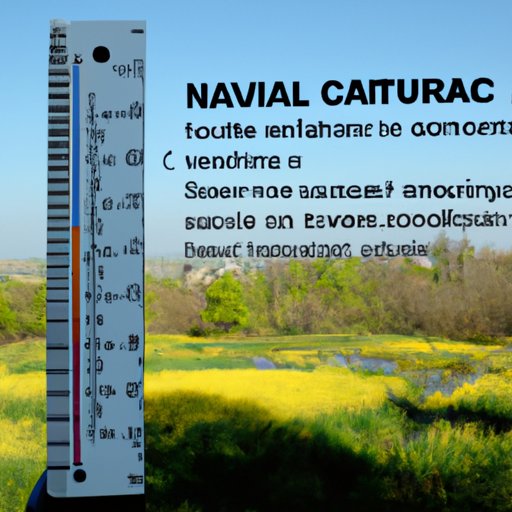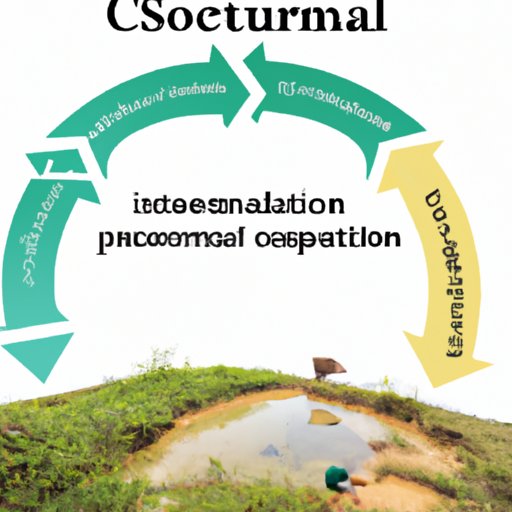Introduction
Natural capital is a term used to describe the resources that exist in nature, such as air, water, soil, and biodiversity. These resources are essential for human life and provide us with benefits such as food, clean air, and recreational spaces. In environmental science, natural capital is recognized as a key factor in achieving sustainability, which is the ability to meet present needs without compromising the ability of future generations to meet their own needs.
Environmental science is the study of how living things interact with their environment. This includes exploring the impact of human activities on the environment, as well as developing strategies for protecting and conserving natural resources. Natural capital plays an important role in these efforts, as it provides us with the resources we need to sustain our societies and economies.
The Role of Natural Capital in Sustainability
Investing in natural capital can have many positive outcomes for both humans and the environment. According to a report from the International Institute for Sustainable Development, “investing in natural capital can help improve well-being and reduce poverty, enhance food security and nutrition, create employment and generate income, reduce risks from disasters, and protect cultural heritage.”
Natural capital also has a direct impact on human health. By preserving areas of natural beauty, people can access open spaces for recreation and relaxation. This helps promote physical and mental well-being, while also providing a refuge from the stresses of everyday life.

Measuring the Value of Natural Capital
In order to properly invest in natural capital, it is important to understand its value. Different approaches can be used to measure the value of natural capital, including economic valuation, ecological valuation, and social valuation.
Economic valuation measures the economic benefit of natural capital, such as the cost savings associated with using natural resources instead of manufactured materials. Ecological valuation looks at the environmental benefits of natural capital, such as increased biodiversity or reduced pollution. Social valuation considers the intangible benefits of natural capital, such as improved mental health or enhanced cultural heritage.
By taking all of these factors into account, it is possible to assess the full range of benefits provided by natural capital and make informed decisions about how best to use and manage it.
Natural Capital Conservation Strategies
Sustainable practices are essential for conserving natural capital and ensuring that it can continue to provide benefits for future generations. This includes establishing policies that promote the responsible use of natural resources, such as reducing waste and limiting pollution. It also includes investing in renewable energy sources such as solar and wind power, which can reduce the reliance on fossil fuels.
Balancing economic development with natural capital preservation is another important aspect of natural capital conservation. This requires finding ways to increase economic growth while still protecting the environment. For example, this could include creating incentives for businesses to invest in green technologies or encouraging the use of renewable energy sources.
Conclusion
Natural capital plays a vital role in environmental science and is essential for achieving sustainability. Investing in natural capital can have many positive outcomes, including improved human health and reduced poverty. Measuring the value of natural capital is necessary in order to understand its full benefits, and there are several different approaches that can be used. Finally, sustainable practices and balancing economic development with natural capital preservation are essential for conserving natural capital in the long-term.
In conclusion, natural capital is an important resource that must be managed responsibly in order to ensure its long-term viability. Understanding its value and implementing effective conservation strategies are essential for protecting this valuable resource.
(Note: Is this article not meeting your expectations? Do you have knowledge or insights to share? Unlock new opportunities and expand your reach by joining our authors team. Click Registration to join us and share your expertise with our readers.)
